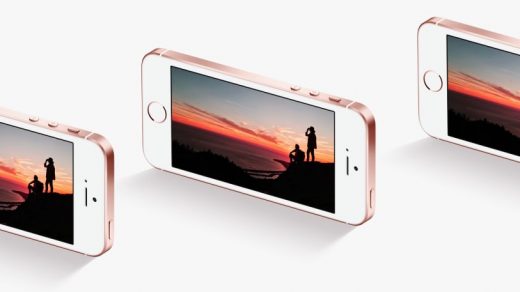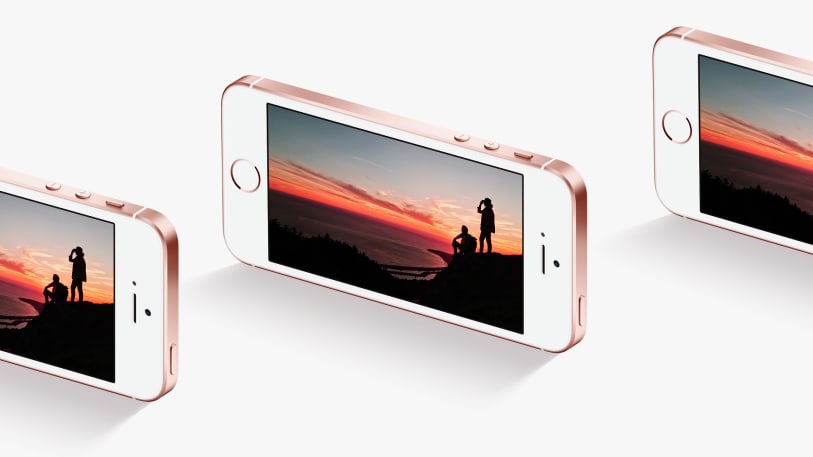Apple’s Augmented Reality Debut Will Look More Like Pokémon Than Magic Leap
When Apple launches its much-anticipated foray into augmented reality, it is likely to start with a version that works on your phone, not on a dedicated headset or pair of glasses, analysts say. Though somewhat underwhelming, it’s a necessary first step for a technology that could eventually transform personal computing. AR technology is meant to superimpose digital imagery over the user’s view of the world through a smartphone camera or a dedicated pair of glasses.
Apple now has reportedly “hundreds” of engineers working on the company’s efforts to build an AR wearable. Citing anonymous sources, Bloomberg’s Mark Gurman highlighted some key members of the team, including its leader, Mike Rockwell, an ex-Dolby Labs executive. Actually, Apple has been working on AR for more than a year, and the initiative has become harder to keep secret as the AR group has grown.
The face-mounted glasses seem more in line with Apple CEO Tim Cook’s statements about the technology. Cook visited AR headset maker Magic Leap in Florida and is said to be excited about the potential of AR.
While the phone-based AR may not be as captivating as the head-mounted AR, there is good reason to start there and release some kind of headset later on. “Apple’s strategy may be to release a technology that gets people used to the idea, and then release a headset in a couple of years,” says Technalysis Research chief analyst Bob O’Donnell.
“It’s going to be a 3D depth camera something like Google’s Tango . . .” O’Donnell says.
Apple has been working with Lumentum (formed when JDS Uniphase split in 2014) on 3D-sensing technology that will be in a new high-end iPhone coming later this year, ]as previously reported by Fast Company.
The main reason to start with the phone is that the technology needed for a headset simply is not available yet, O’Donnell says. “It’s not clear now that the core technology is available for anyone—the display, the compute engine, as well as the battery,” O’Donnell says. If Apple were going to release an AR headset anytime soon, the component parts would already be showing up at the companies that supply the components, he says.
Not only would the technology need to be available, but it would have to be well enough established so that manufacturing facilities would be capable of pumping out the millions of components required by Apple.
Creative Strategies president and long-time Apple analyst Tim Bajarin also believes Apple AR will start in the phone: “Their entry into AR will most likely be through the iPhone in terms of the way they use their dual cameras and AI to deliver AR functionality to the iPhone via the iOS platform.”
Both analysts also say that Apple is uniquely positioned for AR because of its ability to eventually design an AR headset or glasses that people will actually feel like wearing, coupled with its ability to create unique software experiences to go with the device.
“I see them being able to add virtual characters into live scenes that add images, animation, and data to all types of settings to deliver an enhanced AR experience,” Bajarin says.
Apple always builds ecosystems around key products, and the success of its AI offering may depend on the development of cool AR content by third-party developers. Bajarin believes that Apple will likely issue a software development kit (SDK) to developers to help them develop new AR experiences for the iPhone. “That will help them [Apple] differentiate themselves from the competition and grow their market for iPhones,” Bajarin says.
And Apple’s own apps will have to work beautifully in AR. “To be successful in AR, there is the hardware piece, but you have to do other stuff too: from maps to social to payments,” Loup Ventures partner Gene Munster told Bloomberg. “Apple is one of the only companies that will be able to pull it off.”
The final question about AR is whether consumers want it, know how to use it, or even know what it is. Apple typically jumps into a product category after there’s already an established market for the technology.
“While an established market certainly isn’t a requirement for Apple to get involved in a particular space, the lack of competitors introduces a different kind of risk,” says Above Avalon analyst Neil Cybart. “There is a benefit to waiting in the wings and coming out with a product that addresses shortcomings found with existing products.”
(39)



